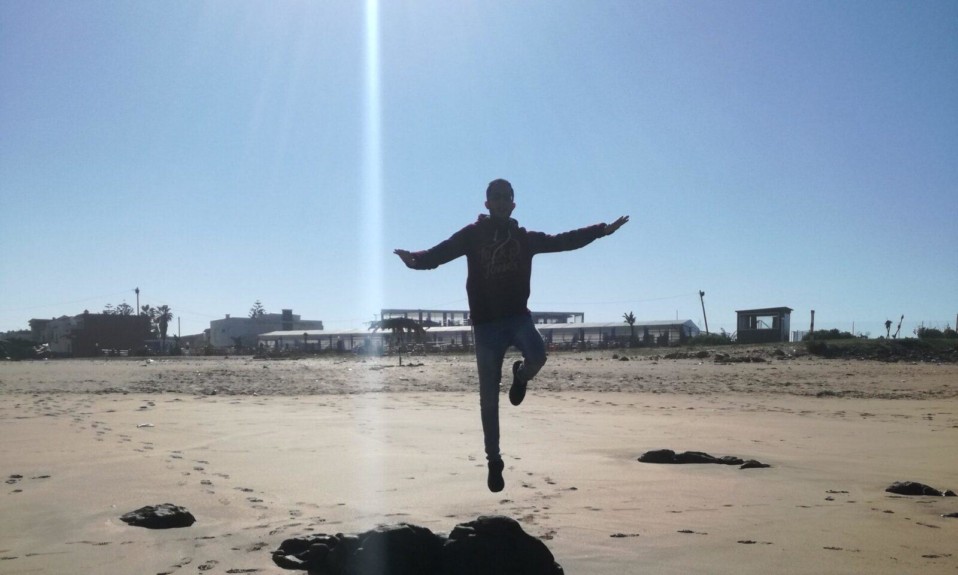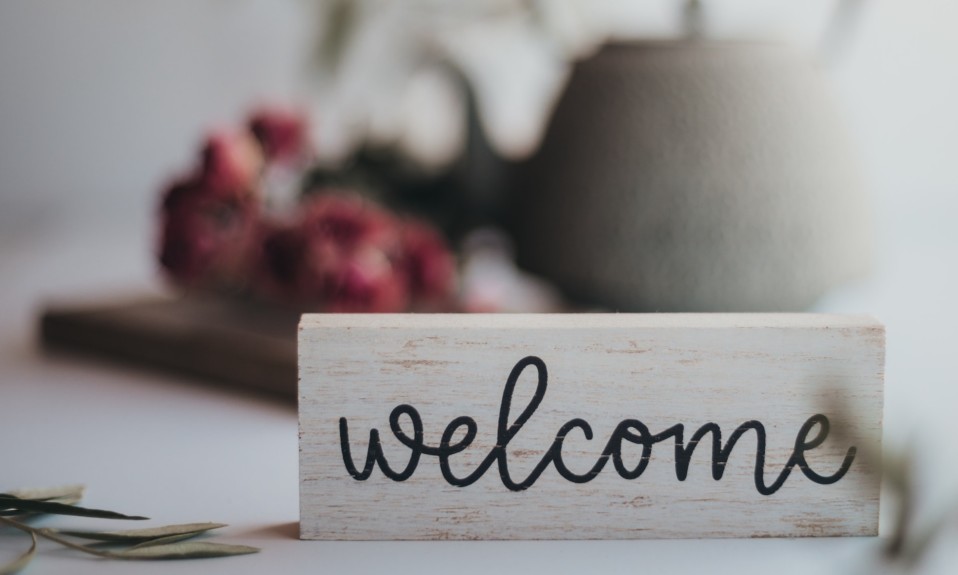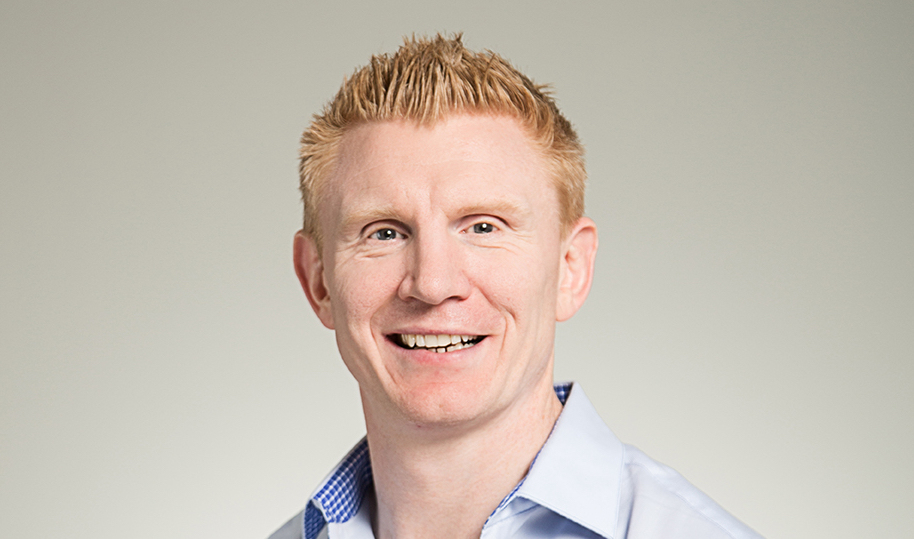CEO Mark Shandrow on the top treatment lessons he’s learned , how he tracks outcomes, and his No. 1 policy-change wish
By Jennifer Taylor
September 24, 2020Treatment center CEO Mark Shandrow’s initiation into the industry was born from the empathy and support of a close friend who suffered dearly in the grip of addiction. From that personal and up-close experience, Shandrow laid the foundation and philosophy of not only his 13-year career in the business, but the creation of Asana Recovery, his Costa Mesa, California-based center in 2017.
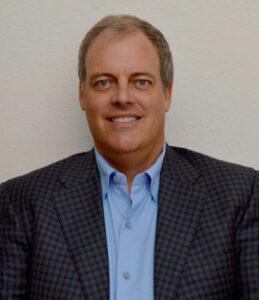
With four facilities located throughout Orange County, Asana Recovery operates as a small family business with Mark Shandrow at the helm and his brother, Adam, serving as chief operating officer. Asana’s 24-bed facility serves clients with addiction to substances including alcohol, marijuana, heroin, cocaine, opioids and other prescription drugs. Specialized treatments offered at Asana include medically supervised detox; dual diagnosis treatment options; pet-friendly programs; outpatient, inpatient and residential rehab; drug and alcohol detox programs, medication-assisted treatment; and LGBTQ+ rehab options.
One of the most effective treatments his center offers is Asana’s southern California sun and proximity to the Pacific coast, says Shandrow, only half kidding. At Asana, clients are actively encouraged to engage the outdoors, the year-round warm temperatures and everything a healthy, balanced lifestyle offers.
Q: How did you first get into the addiction treatment field?
A: I’ve been in the addiction treatment field for about 13 years. One of my good friends in college had a real hard time with addiction and was in and out of prison. He struggled with his disease for 10 or 12 years and finally came to California and got sober at a training program. He asked if I wanted to help him start a business.
He and I and another partner put together a business plan, and we started with sober living. Then we moved into gender-specific, female-only treatment. We added a male-only program, and at the end of it, we had about 400 beds and 1,650 employees, bringing in about 300 clients a month, helping 3,000 people a year.
I later started this company with my brother: Asana Recovery. October is our third-year anniversary.
We have a firm, but empathetic approach to treatment. We treat every single person who comes in—whether it’s a first, second, third, fourth, fifth, sixth, or seventh treatment episode—the same. We give them all the benefit of the doubt. We try to craft a program and a treatment plan that fits their schedule, their lifestyle, and the challenges they have.”—Mark Shandrow, CEO, Asana Recovery treatment center
Q: Why do you believe Asana is uniquely successful in treating addiction?
A: There are a lot of reasons. I think the primary one is the size of our program and the fact that we are keeping it smaller. We only have 24 beds. It’s also a family-owned business. My brother and I, we run the program, and we get to know all the clients.
We have a firm, but empathetic approach to treatment. We treat every single person who comes in—whether it’s a first, second, third, fourth, fifth, sixth, or seventh treatment episode—the same. We give them all the benefit of the doubt. We really try to craft a program and a treatment plan that fits their schedule, their lifestyle, and the challenges they have.
We’re called a harm prevention program. Whether it’s going to be medication-assisted treatment or abstinence, we find a holistic program that works for them. We also do long-term care, so clients can stay 60 to 90 days. We feel the longer a person is in treatment, the research shows us, the higher the chance of success.
Clients can stay 60 to 90 days. We feel the longer a person is in treatment, the research shows us, the higher the chance of success.”—Mark Shandrow
Q: What treatment therapies and approaches does Asana Recovery use?
A: We’re an evidence-based program. We follow all the guidelines. We’re Joint Commission accredited. We’re CARF accredited. We’re ASAM-CARF accredited for residential treatment. We do evidence-based programs—individualized and one-on-one therapy sessions and teaching dialectical behavioral therapy in group settings. Some clients, depending on their trauma, will do EMDR [eye movement desensitization and reprocessing].
Unfortunately, the times are really challenging now. Historically, we would be sending the clients out to Alcoholics Anonymous and working on getting a sponsor. That’s been really hard with COVID-19. They closed down all these meetings and now we’re doing Zoom meetings. We’ve just started bringing outside group facilitators in even more so now, because if you’re struggling with addiction, the last thing you want to do once you get over the detox is to be cooped up in a house for a month or so.
One of the benefits of being here in Southern California is we have a lot of opportunities to get outside and do groups at parks and at the beach where COVID-19 is not that big of an issue because you’re outside.
It’s really about giving [patients] the tools to manage their disease and teaching them and listing their triggers and making sure they avoid these triggers. But even more important is showing them that life can be fun, fulfilling, happy, exciting—without drugs. One of the things I like to do with clients is go fishing off the pier, we rent boats and go around the ocean, and we go on hikes. We are really trying to find the fun without having to get high.
Q: What are some of your most pressing treatment challenges?
A: I think the biggest challenge, probably this is a case for a lot of programs, is reducing your what’s called your AMA or your ACA rate. That’s when someone leaves your program when the program is not complete. That’s the biggest challenge for us.
Clients come in, they’re committed at first, but then they start getting antsy, or they start wanting to get high again. We’re really trying to find a way to keep clients engaged in treatment and just do the work. It’s easy when someone comes in and they’re 100% bought in. A lot of times, people are not 100% bought in; their spouse is making them, their parents are making them, the courts are making them.
Our philosophy is we cannot help you if you’re not here. We are really working on a lot of different avenues and blocking techniques to keep them engaged. I think part of that success has to do with bringing in outside people. I think what is incredibly important for us is having good role models with my current staff and support staff. I think that’s important. I think we’ve got to show them really good strong role models.
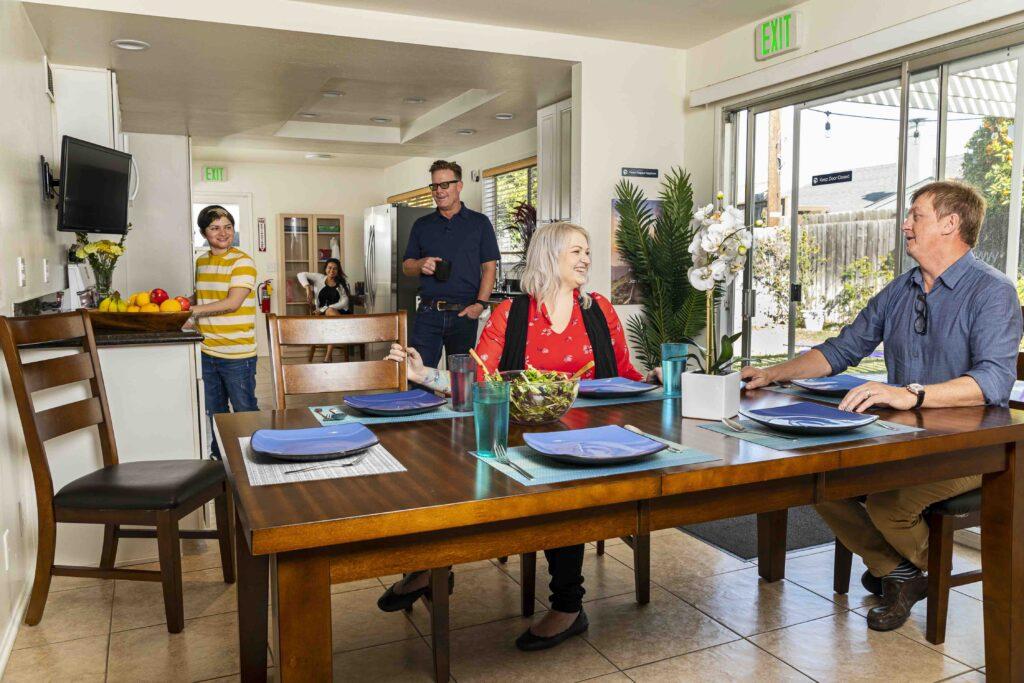
A: I think the biggest thing is the reimbursement rate. It’s making it harder. The insurance companies are constantly pushing down the reimbursement rates, which is significantly going to impact care. If you’re not generating the same revenue you were a year ago from where you are now, but you’re expected to provide the same services, it makes it harder.
Over the last five years or so, they’ve been constantly pushing down on authorizations and constantly pushing down on reimbursement rates. I understand there’s a lot of pressure on [insurance companies]. They’re public companies and they’re dealing with what we call “treatment hoppers” for clients, where clients go from one place to the next.
I think getting [insurance companies] to understand addiction better, and really getting them to understand that it’s not always a one-and-done. Sometimes people do need multiple-treatment episodes. Sometimes people do need to fail a few more times before they’re able to succeed. A lot of times insurance companies are straight-up cutting people off. They’re like, “You’ve been to too many centers and we’re not going to provide service anymore.” Or, “If you leave against medical advice, we’re not going to pay.” And, the facility gets stuck with a bill. Those are the real challenging things. When you have large programs like American Addiction Centers [filing for Chapter 11 bankruptcy protection and] going out of business, you’re going to have a reduced number of beds. As we all know, the opioid crisis is not slowing down; it’s getting worse.
They’re even anticipating, I’ve seen some reports, that mental health is and behavioral health challenges are going to be the No. 1 killer in the United States next year. We’ve got to keep the beds open. You have to have the facilities operate at a high level. Having a large company like American Addiction Centers with 1,000 plus beds go out of business is not going to be helping the general population out there that needs to help.
Q: How do you measure outcomes at Asana Recovery?
A: We do evidence-based outcome measures. We’re calling the clients and we stay in touch with them to see how they’re doing over 30, 60, 90 days to a year. That’s how we measure outcomes. We started that over the last couple of years. So, we’re still compiling the data. It’s a challenge. It’s hard because people change phone numbers, especially when they’re using.
You cannot solve this disease by yourself. That’s really the biggest thing I’ve learned. You have to have a support system. There’s very few people who solve it themselves. You have to seek help.”—Mark Shandrow
Q: How do you think the treatment industry as a whole can improve treatment outcomes?
A: I think the entire industry needs to have a centralized database with everyone’s medical records. It’s kind of ridiculous that we call a hospital for a client’s medical records and they fax them over to us. You should plug into a central database and you should be able to find someone’s entire treatment history. It doesn’t make sense that we have to recreate the file every single time. We don’t know what their past history is, although we’d like to treat people as individuals. It’d be great to get all of that background, so you could really provide [patients] a treatment plan that makes sense for their history.
A national database of everyone’s medical history that is secure and encrypted, that [patients] provide permission and you can tap into that and then you can find out their blood type [etc.] We’re starting from scratch every time someone comes in. Now, you got to do new blood work [and] you’ve got to do a whole new bio-psych analysis. It just makes it harder. It makes it more expensive.
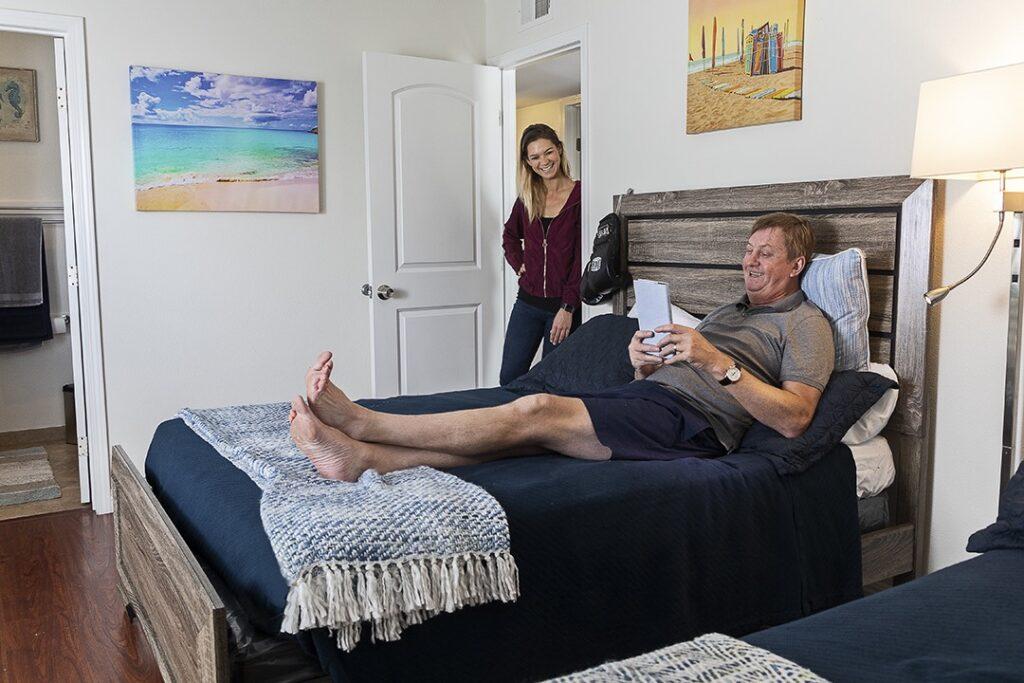
Q: How is Asana doing financially in times of COVID-19? How has treatment been impacted?
A: We’re fortunate, you know, we’re certainly surviving. Especially compared to a lot of local businesses around here, which is really horrible. But, COVID-19 has impacted treatment in a lot of ways.
First is a majority of our clients were flying in for treatment. We really encourage people to get out of their local area, get away from drug dealers, get away from the triggers, get away from people to take treatment. Historically for us, 50% of our clients come in from out of state, and that has all but ended. It’s starting to come back now.
The other way it’s impacted us is you can’t bring clients to outside meetings. We have to be very, very careful with who we bring on site. Those things are harder to do. We bring outside facilitators in a lot. The other thing is the clients get claustrophobic, right? They’re kind of locked into the house. It’s harder to get them out.
Of course, you have the issue where you’re managing clients and staff that have been infected [with] COVID-19 so you’ve got to quarantine. We have a house that quarantines clients who have either been exposed to or who have tested positive. Or when employees are similarly exposed or when they get COVID-19, we test employees. The hardest thing is when you have a clinician that gets exposed or has it, you have to remove that person from your lineup for 14 days. That impacts clients. All of a sudden now their therapist that they were working with is gone. That’s been the biggest challenge right there—the consistency of quality care.
We are going the extra mile really keeping it as a safe environment. The safest place [our clients] can be is right here. We’re going to take care of them. We’re going to prevent them from getting exposed the best we can. We’re not going to have a lot of outside people on site. So it’s much safer.
Q: What is your TTT: Top Treatment Takeaway you’d impart to others about working in our industry?
A: My Top Treatment Takeaway from all the years I’ve been in this is, is time. Clients need to be involved in their recovery treatment for as long as possible. And attending AA meetings and finding sponsors. The friends I have that all have long-term recovery, instability, are actively involved in the recovery community. They’re going to meetings every day. They’re working the program. They are working the steps. They are the sponsors. They reach out, they understand what their triggers are, and they help other people. We are all put here to be in service. I think that’s really what it’s all about. It’s about being of service to others. If you look out for others, you have to look out for yourself.
Q: How do you hire exceptional clinicians? What do you look for?
A: Obviously, experience: that’s a big part. Being involved in recovery and understanding recovery. Being a clinician in recovery is a lot different than being a clinician for other behavioral health issues, and having]empathy, being nonjudgmental. It’s easy to judge people. That’s the hardest thing especially when you can’t expect a person with behavioral health issues to make “normal” decisions. That’s part of our job to understand that. And then work around that to try to get them to make the right decisions.
Q: What is the No. 1 policy change you would like to make if you were in charge of the country’s laws and healthcare?
A: The No. 1 change I would like to see is enforcing parity. Parity between mental health and physical health. [For example, if I had] ligaments replaced in my knee. I had the surgery and three or four months of therapy afterwards to get back in physical [shape]. I think that’s what needs to happen. You need to understand that addiction is not something that you can just solve in a 30- or 60-day period. It’s life. And, it takes longer especially if people are severely diseased. It could take 12 months and I think that we need to realize that. That’s what it is going to take sometimes to get back on track and get the disease under control.
Q: How do you avoid burnout and losing forward momentum when the going gets hard?
A: I do a lot of gratitude. I think that’s really important. And understanding where I am and how fortunate I am. Enjoying time outdoors, hiking—all those things I think most people should be doing to maintain their mental health— and, of course, exercise. I’m a big boxer. I box three or four times a week.
Q: And finally: What is the biggest lesson you’ve learned from 13 years in the addiction treatment industry?
A: That this is a disease. You see people on the streets, you see homeless people, alcoholics or drug addicts and everyone likes to point the finger and say it’s their responsibility. But if you’re born with a disease or an illness, how is that your fault? They are not going to make rational decisions. They are sick and they need help.
You cannot solve this disease by yourself. That’s really the biggest thing I’ve learned. You have to have a support system. There’s very few people who solve it themselves. You have to seek help.
Photo: Youssef Bouhsini


